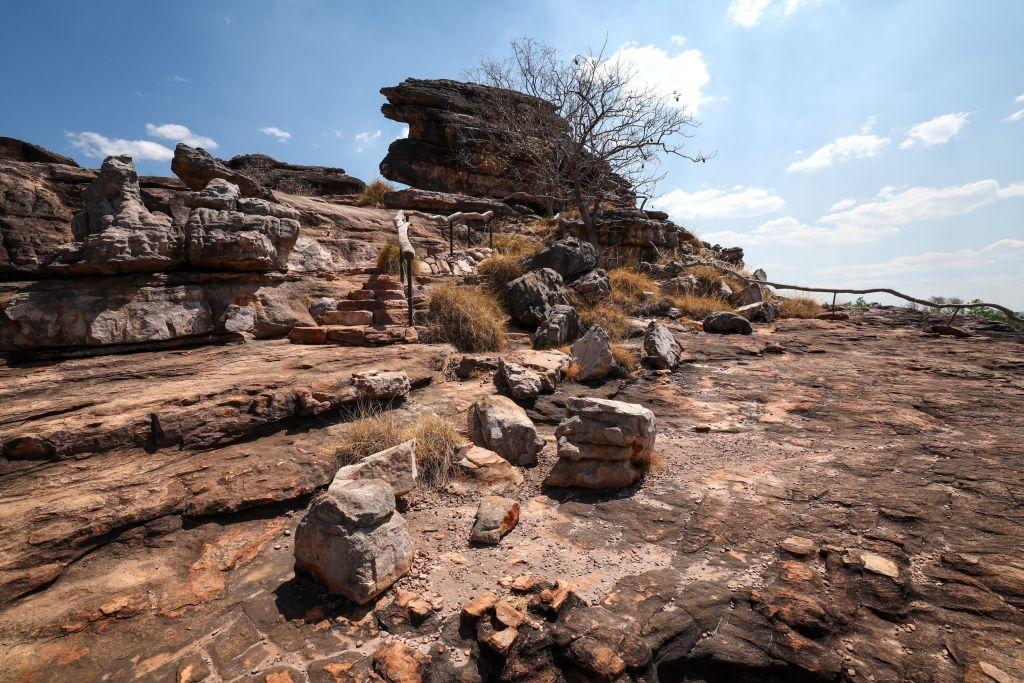A federal government official has been found liable under Northern Territory (NT) law for damage to a sacred Indigenous site, in a decision that could set a precedent for how sacred sites are protected.
The case centred around damage allegedly caused by Parks Australia while building a walkway close to a sacred men’s site near Gunlom Falls in Kakadu National Park in 2019.





